How much pulse power does a standard (i. e. not further specified) resistor withstand?
Consider for example a MOSFET and a 33R resistor that is connected to its gate. If the switching voltage would be 10 V, the resistor sees up to 3 W every time the MOSFET gets switched - but only for a very short time, until the gate (in my case, about 15 nC) is charged.
Do I really need to specify a pulse withstanding resistor? Or is there any way to tell whether a 0402, 0603 or 0805 standard resistor (without further specification) will suffice?
